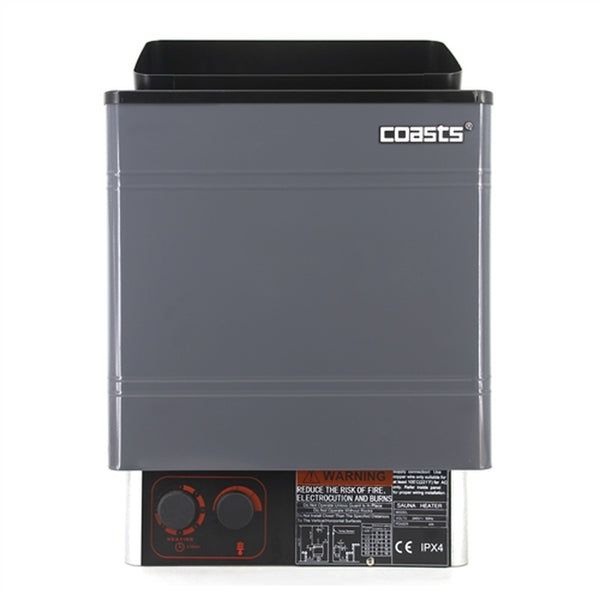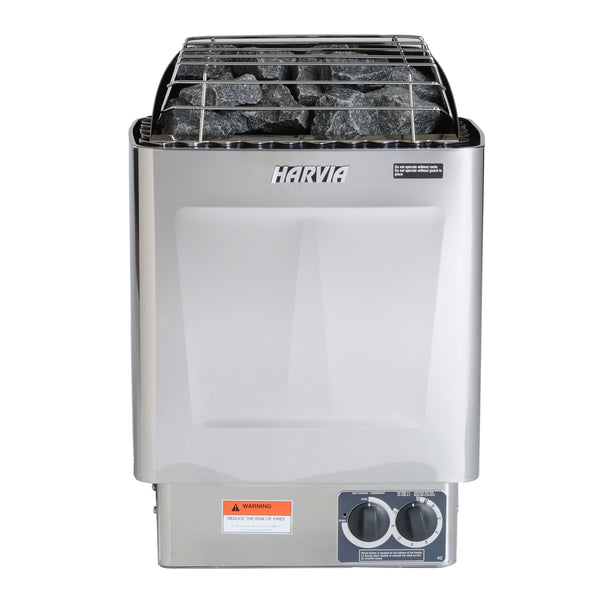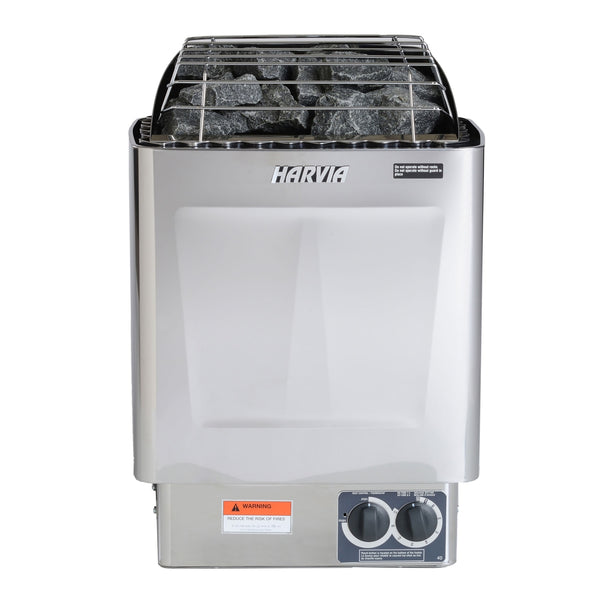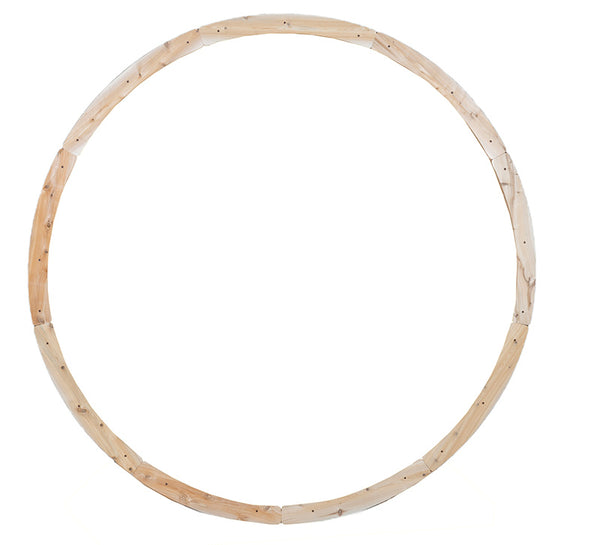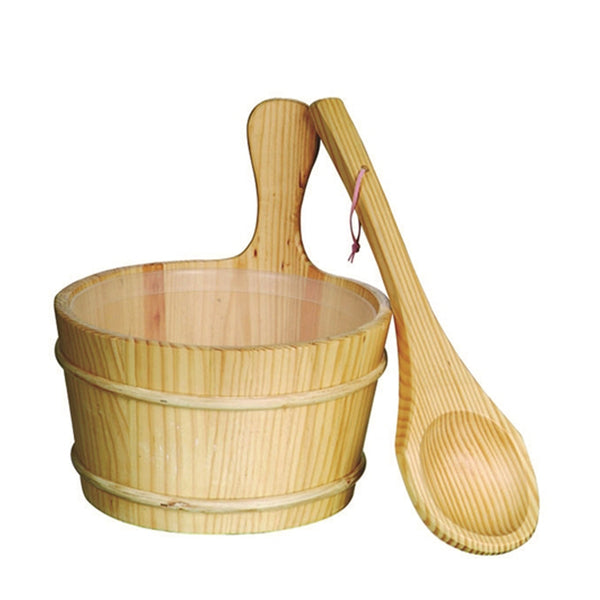Infrared Vs Traditional Saunas
Infrared Vs Traditional Saunas
Due to the increasing popularity of infrared saunas, we’ve heard the question: Is an infrared sauna better than a traditional sauna? Again, nothing is better – just different! Here’s a quick overview of the sauna experience between the two types.
Traditional Saunas
If you enjoy steam in the sauna, higher temperatures, and a more social environment, then a traditional sauna may be the best sauna for you.
These can be indoor or outdoor saunas.
- Its heat technology and sauna experience: Powered by an electric sauna heater filled with rocks, traditional saunas heat the air to heat the body. This is the classic version people think of for heat bathing – since its “enveloped heat” is very hot with lots of steam. The median temperature is between 185-190 degrees Fahrenheit and it’s very dry until water is sprinkled over hot rocks. Both the temperature and humidity are adjustable (by adding water to rocks); you can also incorporate essential oils into the water for aromatherapy. A well-constructed sauna will typically achieve a temperature of 150-160ºF at head level in about 30-40 minutes. For hotter temperatures, the room may need to heat for a longer period. Once the room achieves a set temperature, the heater will cycle on and off, typically operating about 50% of the time. The insulated walls and the heated rocks will keep the room hot and at stable temperatures.
- Notable and unique traditional sauna benefits: Bathers often enjoy the steam, especially as it can open up the nasal passages and relieve symptoms of sinus congestion from colds and allergies.

Infrared sauna
If you prefer lower temperatures but with body-penetrating heat, an infrared sauna may be your best sauna choice.
These saunas are designed for indoor use only.
- Infrared sauna experience: How does an infrared sauna work? An infrared sauna’s optimum temperature is between 125-130 degrees Fahrenheit. They’re relatively dry with average humidity (there is no humidity control or steam) and these saunas directly heat your body. The infrared energy penetrates the body and raises the core temperature – activating a more pronounced sweating. The EMR (electromagnetic radiation) and EF (electrical field) on some models that utilize certain types of technology are lower than the ambient in your home. The EMR and EF levels are far below even Sweden’s toughest radiation standards. The goal in an infrared sauna is not to achieve a high room temperature, but rather to produce the precise optimal wavelength of infrared heat energy that is most readily absorbed by the bather to stimulate profuse sweating.
- Notable and unique infrared sauna benefits: Because of the lower heat threshold and the fact that it uses light instead of heat, infrared saunas are better for treating types of chronic muscle or joint pain; your body absorbs more of it, so it gets deeper into your body. More specifically, regular saunas heat the skin superficially, causing an opening of the sweat glands and allowing excess water to escape. Far infrared saunas penetrate to a depth of 5-7 cm or 1.5 inches, stimulating fat cells to release toxins. Compared to other saunas which only heat 20% of the air, 93% of the heat energy emitted from a FIR sauna is absorbed by our tissues, explaining how the energy emitted by FIR matches our own bodies’ energy.

| Category | Traditional Sauna | Infrared Sauna |
|---|---|---|
| Physical sauna product. | Enclosed in a heated, wood-lined room with different options for benches, seating, design, and available person capacity. | Enclosed in a heated, wood-lined room with different options for benches, seating, design, and available person capacity. |
| Overall experience | If you enjoy steam in the sauna, higher temperatures and a more social environment, then a traditional sauna may be the best sauna for you. | If you prefer lower temperatures but with body-penetrating heat, an infrared sauna may be your best sauna choice. |
| Social experience | Traditional saunas are typically large enough to allow multiple people to enjoy the sauna for social time. | While it is possible to converse in an infrared room, due to the smaller room sizes and room design, the typical experience of the infrared room is often more of a private escape but some models can accommodate more people. |
| Indoor vs. Outdoor use | Designed for both outdoor- and indoor-use | Designed for indoor-use only |
| Heat source | Electric sauna heater filled with rocks | Infrared technology; an emitter produces infrared waves to provide heat. |
| Temperature | Median temperature between 185-190 degrees Fahrenheit | Optimum temperature between 125-130 degrees Fahrenheit |
| Heat & Humidity | Very dry until water is sprinkled over hot rocks. Both temperature and humidity are adjustable (by adding water to rocks); you can also incorporate essential oils into the water for aromatherapy. | Relatively dry with average humidity Temperature is controllable; humidity is not. |
| Pre-heating time required | 30-40 minutes required to preheat rocks before use | No pre-heat time required |
| How it heats the body | Traditional saunas heat the air to heat the body | Infrared saunas directly heat your body. The infrared energy penetrates the body and raises the core temperature – causing a more pronounced sweating. |
| Typical sauna session length | 10-15 minutes optimal time for use | 10-15 minutes optimal time for use, but bathers often stay 25-30 minutes (due to lower temperatures) |
|
Health benefits |
Encourages detoxifying perspiration; Relieves aches and pains; Promotes relaxation; Relieves symptoms of sinus congestion from colds and allergies (steam) | Encourages detoxifying perspiration; Relieves aches and pains; Promotes relaxation. Because of the lower heat threshold and the fact that it uses light instead of heat, infrared saunas are better for treating types of chronic muscle or joint pain; your body absorbs more of it, so it gets deeper into your body. |
| Energy Use | Low energy use | Low energy use |
| Other notable mentions | Proper ventilation will be required | Since water isn’t used with an infrared sauna, there’s no concern about ventilation. It’s a completely dry heat that maxes out at 150 degrees. The EMR (electromagnetic radiation) and EF (electrical field) on some models that utilize certain types of technology are lower than the ambient in your home. The EMR and EF levels are far below even Sweden’s toughest radiation standards. |









